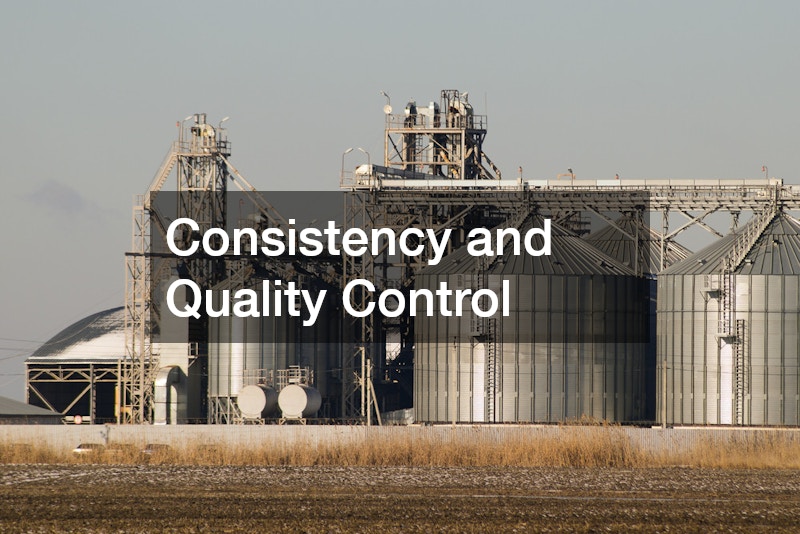This guide aims to provide a comprehensive overview of brine equipment, its various uses, and how it can benefit different industries. From understanding the basic components to exploring its wide range of applications, this article is designed to assist beginners in navigating the complexities of brine equipment. Brine solutions are essential for numerous processes, and knowing how to effectively manage them can lead to significant operational improvements.
What is Brine Equipment?
Definition and Components
Brine equipment refers to the tools and machinery used for the preparation, storage, and management of brine solutions. This includes tanks, mixers, pumps, and refrigeration units.
Each component plays a critical role in ensuring the seamless handling of brine, which is vital for several industrial processes.
Tanks are essential for storing brine solutions, maintaining their properties over time, and facilitating easy access when required. Mixers ensure the uniformity of the brine concentration, which is crucial for consistent quality. Pumps are used to transport brine solutions efficiently through different stages of production or processing.
Refrigeration units help in maintaining the desired temperature of brine solutions, preventing unwanted bacterial growth or quality degradation. The integration of these components into a single system allows for streamlined operations, reducing manual intervention and improving accuracy. This combination of equipment enables industries to optimize their processes involving brine solutions.
Types of Brine Equipment
There are various types of brine equipment available, including portable brine makers, fixed installations, and automated systems, each catering to specific needs and capacities. Portable brine makers are ideal for small-scale operations or on-site applications, offering flexibility and ease of transport. Fixed installations are better suited for larger operations where high-volume brine production is needed consistently.
Automated systems represent the pinnacle of efficiency in brine management, allowing for precise control over concentration and temperature with minimal human oversight. These systems are often integrated with advanced monitoring technologies to ensure optimal performance at all times. By choosing the appropriate type of brine equipment, industries can tailor their operations to meet specific demands and resource availability.
Additionally, automated systems can be equipped with sensors and control units that provide real-time data on brine conditions. This information can be used to make immediate adjustments, ensuring the brine is always within the desired parameters. The versatility of brine equipment allows for customization and scalability, making it an invaluable asset across different sectors.
How Brine Equipment is Used in Different Industries
Food and Beverage Industry
In the food industry, brine equipment is primarily used in the processing of meat, poultry, and seafood for preservation and flavor enhancement. Brine solutions are injected or soaked into products to maintain moisture, improve taste, and extend shelf life. This process is integral to producing high-quality food products that meet consumer expectations.
The consistency achieved through brine equipment ensures that each batch of product has a uniform taste and texture, essential for brand reputation. Brine tanks and mixers are often used in conjunction with injection machines to maximize efficiency and precision. The use of automated brine systems in food processing can significantly reduce waste and labor costs.
Moreover, strict adherence to health standards is crucial in food processing, and brine equipment helps achieve these standards through controlled processes. By maintaining optimal brine conditions, the risk of contamination is minimized, ensuring food safety. This reliability makes brine equipment indispensable in modern food production.
Chemical and Oil Industries
In chemical and oil industries, brine solutions are used in the preparation and transport of various compounds, requiring specialized equipment for handling and safety. Brine serves as a medium for dissolving chemicals, facilitating reactions, and carrying materials during production. The precision of brine equipment ensures chemical compositions are maintained accurately, critical for quality assurance.
High-pressure pumps and robust storage tanks are commonly used to handle the aggressive nature of brine solutions in these industries. Proper brine management contributes to the efficiency and safety of complex chemical processes. These industries often require advanced sensors and control systems to maintain the integrity of the brine solution throughout production.
The Benefits of Using Brine Equipment
Efficiency and Cost-effectiveness
Brine equipment enhances the efficiency of production processes by automating tasks and reducing manual labor, thereby lowering operational costs. Automation allows for faster processing times and optimizes resource use, which is crucial for large-scale operations. By minimizing manual intervention, companies can allocate human resources to more strategic tasks, boosting overall productivity.
Cost-effectiveness is also achieved through the reduction of waste, as precise brine solutions help maintain consistency and quality. Automated systems are designed to operate continuously with minimal errors, further enhancing cost savings. Industries benefit from the reduced downtime, leading to increased output and profitability.
Consistency and Quality Control
Using brine equipment ensures a consistent concentration of brine solutions, crucial for maintaining product quality and controlling production standards. Consistency in brine application leads to uniformity in the final product, which is essential for customer satisfaction and brand reliability. This consistency is achieved through automated controls and real-time monitoring.
Quality control mechanisms integrated into brine equipment allow for the precise adjustment of parameters, ensuring adherence to industry standards. Deviations in quality can be quickly identified and addressed, minimizing potential defects and recalls. The detailed monitoring and control capabilities of modern brine equipment contribute significantly to maintaining high-quality output.
Brine equipment plays a vital role across various industries by facilitating efficient and effective brine solution management. Understanding the different types, applications, and benefits of brine equipment can greatly enhance the productivity and quality of industry-specific operations. Investing in the right brine equipment is pivotal for optimizing industrial processes and meeting the rigorous demands of modern production standards.



